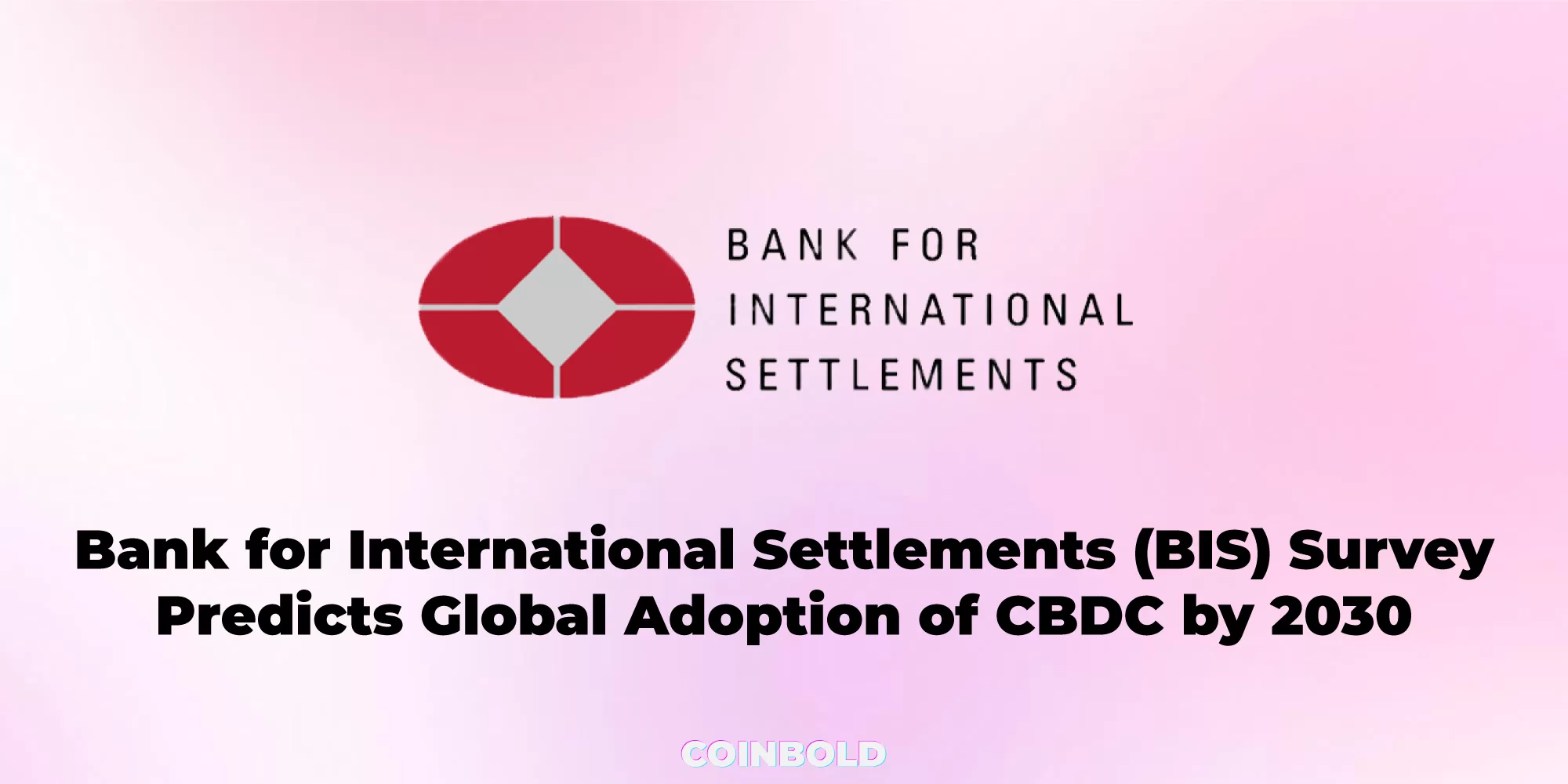A recent survey conducted by the Bank for International Settlements (BIS) has shed light on the future of central bank digital currencies (CBDCs) globally. The survey indicates that by 2030, as many as 15 retail CBDCs and nine wholesale CBDCs could be circulating worldwide. With growing interest in digital currencies and advancements in technology, central banks are actively exploring the potential of CBDCs to reshape the financial landscape.
Work on retail #CBDC is more advanced than on wholesale CBDC; about a quarter of central banks are piloting a retail CBDC. The new BIS survey suggests that there could be 15 retail and nine wholesale CBDCs publicly circulating in 2030 https://t.co/JEr7jEuZ6l pic.twitter.com/dUJa7slvXP
— Bank for International Settlements (@BIS_org) July 10, 2023
Growing Interest in CBDCs
The BIS survey involved 86 central banks, revealing that 93% of respondents are actively engaged in CBDC research and development. This signifies the significant interest and commitment of central banks worldwide to explore the possibilities and implications of CBDCs. Jurisdictions such as India, the European Union, and the U.K. are particularly interested in digital adaptations of their traditional fiat currencies. As the digital transformation of financial systems progresses, central banks are recognizing the need to stay at the forefront of technological advancements.
Retail CBDCs: Addressing Financial Inclusion
Retail CBDCs, which are expected to be in circulation by the end of the decade, have a primary focus on addressing financial inclusion. These digital currencies aim to reach unbanked populations and provide them with access to secure and convenient digital financial services. By leveraging the advantages of CBDCs, central banks aim to bridge the gap between traditional banking systems and underserved communities. Retail CBDCs will not replace existing payment methods but rather complement them, offering inclusive and accessible alternatives for transactions.
Coexistence with Existing Payment Methods
Despite the growing interest in crypto assets and stablecoins, these digital entities remain primarily confined within the crypto ecosystem and have limited usage for mainstream payments. CBDCs have the potential to bridge this gap by providing a trusted and regulated digital currency option that can coexist with existing payment methods. Central banks are exploring CBDCs as a means to ensure financial stability, regulatory compliance, and consumer protection. By integrating CBDCs into the existing financial infrastructure, central banks aim to strike a balance between innovation and stability.
Central Banks’ Views and Plans in the CBDC Domain
The BIS survey reveals valuable insights into the views and plans of central banks in the CBDC domain. While 93% of central banks are actively engaged in CBDC research and development, it’s important to note that not all central banks are eager to issue a CBDC in the near future. The survey highlights the differing approaches and timelines among central banks, with retail CBDCs being more advanced than wholesale CBDCs. The results emphasize the diverse strategies and priorities of central banks in embracing digital currencies.
Conclusion
The BIS survey underscores the global interest and progress in the development of CBDCs. By 2030, the survey predicts the potential circulation of 15 retail CBDCs and nine wholesale CBDCs. Central banks recognize the transformative potential of CBDCs in addressing financial inclusion, enhancing financial systems, and providing secure and accessible digital payment options. While the journey towards widespread CBDC adoption is still ongoing, the survey findings provide valuable insights into the evolving landscape of central bank digital currencies.
FAQs (Frequently Asked Questions)
1. What is the BIS survey about? The BIS survey conducted among 86 central banks examines the views and plans of central banks regarding central bank digital currencies (CBDCs). It provides insights into the potential adoption and development of CBDCs globally.
2. How many retail and wholesale CBDCs are predicted to be circulating by 2030? According to the BIS survey, it is predicted that there could be 15 retail CBDCs and nine wholesale CBDCs publicly circulating by 2030.
3. What is the focus of retail CBDCs? Retail CBDCs primarily aim to address financial inclusion by providing unbanked populations with access to secure and convenient digital financial services. They complement existing payment methods and offer inclusive alternatives for transactions.
4. How do CBDCs coexist with existing payment methods? CBDCs are designed to coexist with existing payment methods by providing a trusted and regulated digital currency option. They integrate into the existing financial infrastructure to ensure stability, regulatory compliance, and consumer protection.
5. What does the BIS survey reveal about central banks’ views on CBDCs? The BIS survey highlights that 93% of central banks are actively engaged in CBDC research and development. While not all central banks are eager to issue a CBDC in the near future, the survey showcases diverse strategies and priorities among central banks in embracing digital currencies.




